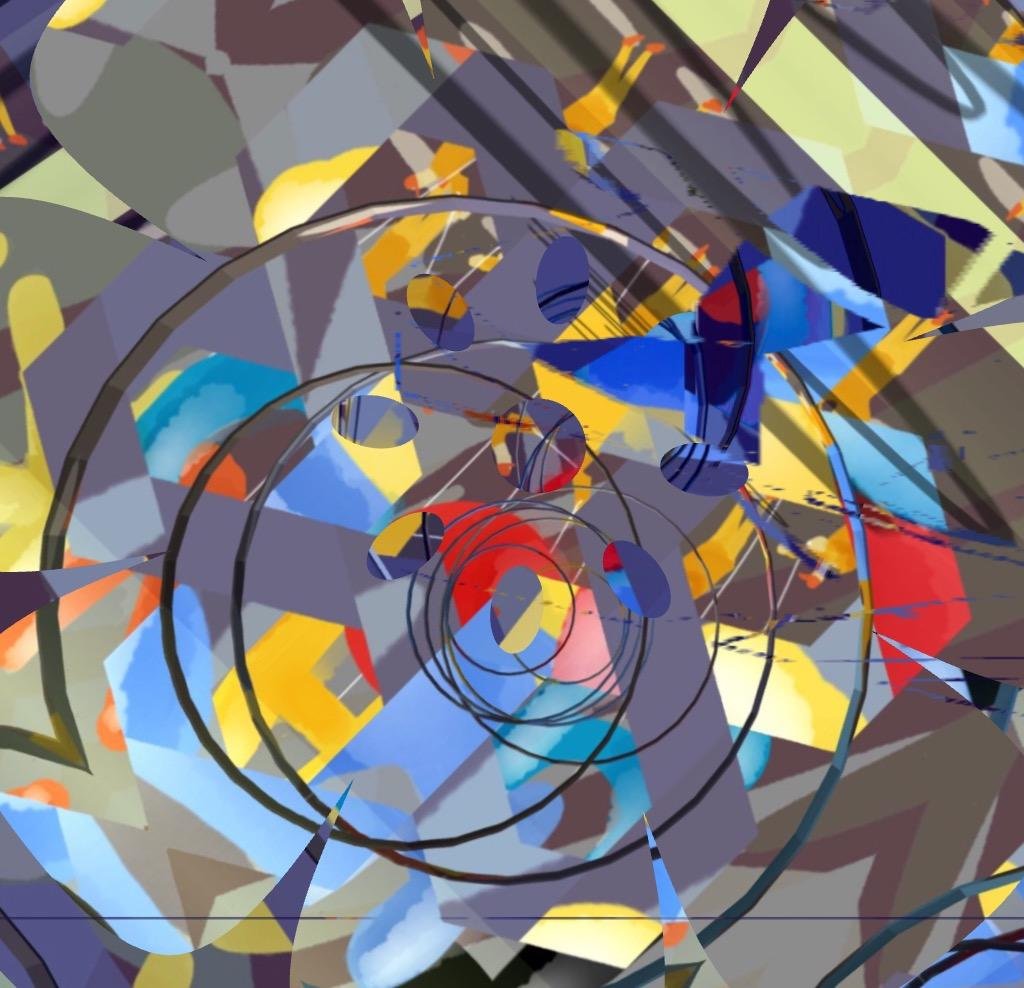
Table of Contents
Symbols of Creation and Renewal in Ancient Egypt
In the vast history of ancient Egyptian mythology, few symbols are as emblematic of the civilization’s core beliefs as the Bennu bird and the Benben stone. These elements are not merely artifacts of a culture fascinated by the afterlife, but rather, they are profound representations of creation, rebirth, and the eternal cycle of life. This exploration delves into the myth of the Bennu bird, its connection to the Benben stone, and their significance in the ancient Egyptian cosmology.
The Bennu Bird = The Egyptian Phoenix
The Bennu bird is often likened to the phoenix of Greek mythology, a creature that symbolizes rebirth and renewal. According to ancient texts, the Bennu was a self-created being, born from the heart of Osiris, the god of the afterlife, and served as an emblem of resurrection. The creature was often depicted as a heron with a long beak and a two-feathered crest, sometimes adorned with the Atef crown associated with Osiris, signifying its close connection to the deity and the concepts of death and rebirth.
The legend states that the Bennu bird played a pivotal role in the creation of the world. It was believed to have flown over the waters of chaos at the beginning of time, landing on a rock that became the first land. This act of creation is deeply intertwined with the bird’s role as a symbol of the dawn and the first sunrise. The Bennu’s cry at dawn was thought to dispel darkness and announce the arrival of a new day, embodying the perpetual cycle of the cosmos’ death and rebirth.
The Benben Stone = A Symbol of the Primeval Mound
The Benben stone, closely associated with the Bennu bird, was a sacred object revered in Heliopolis, one of ancient Egypt’s principal religious centers. This pyramidal stone represented the primeval mound that emerged from the waters of chaos at the beginning of time. It was on this mound that the Bennu bird was said to have alighted, giving rise to the cycle of day and night, life and death, and the seasons. The symbolism of the Benben stone was so potent that it influenced the architectural design of the pyramids and obelisks, structures that mirrored its shape and were believed to act as rays of sunlight, connecting the earth with the divine.
The Connection Between the Bennu Bird and the Benben Stone
The Bennu bird and the Benben stone are intrinsically linked in ancient Egyptian mythology, both serving as symbols of creation and rebirth. The Bennu’s association with the Benben stone underscores its role as an emblem of the sun’s rising and setting, and by extension, the cyclical nature of life itself. The mythology surrounding these symbols reflects the ancient Egyptians’ deep engagement with the mysteries of life, death, and the afterlife, and their belief in the possibility of renewal and regeneration.
Conclusion
The myth of the Bennu bird and the Benben stone offers a window into the rich spiritual and philosophical landscape of ancient Egypt. These symbols encapsulate the civilization’s core beliefs in the cyclical nature of life, the power of creation, and the promise of rebirth. Today, the Bennu bird and the Benben stone continue to fascinate and inspire, serving as timeless reminders of humanity’s eternal quest for understanding the mysteries of existence.

The Divine Connection
The Benben Stone’s Influence on Egyptian Architecture
In the heart of ancient Egyptian culture and religion lay a profound reverence for symbols and structures that represented the cosmic order and divine will. Among these, the Benben stone stood as a paramount emblem of creation, regeneration, and the divine connection between the earth and the cosmos. This sacred stone’s symbolism was so potent that it profoundly influenced the architectural designs of some of Egypt’s most iconic structures: the pyramids and obelisks. These monumental edifices were not just tombs or markers; they were deeply spiritual constructs that mirrored the shape of the Benben and were believed to act as conduits of celestial energy, linking the terrestrial with the celestial.
The Benben Stone = A Symbol of Primordial Creation
The story of the Benben stone begins in Heliopolis, one of ancient Egypt’s principal religious centers. Revered as the physical manifestation of the primeval mound that emerged from the chaotic waters at the dawn of creation, the Benben was more than a stone; it was the symbol of the sun’s first rays touching the earth, bringing life and order to the universe. This pyramidal or conical-shaped stone was believed to house the essence of Atum (or Ra), the sun god, who, in the form of a phoenix-like bird, the Bennu, landed upon it, marking the beginning of creation.
Architectural Manifestations such as Pyramids and Obelisks
The symbolism imbued within the Benben stone translated directly into the architectural designs of the pyramids and obelisks, structures that have come to define ancient Egyptian civilization.
Pyramids = The Eternal Rays of the Sun
The pyramids, especially the smooth-sided ones, mirror the shape of the Benben, rising from the earth towards the heavens. This design is symbolic, representing the sun’s rays and serving as a physical conduit for the pharaoh’s soul to ascend to the afterlife and join the gods. The Pyramid of Giza, one of the Seven Wonders of the Ancient World, is a testament to this belief, constructed with precision and alignment that echoes the spiritual significance of the Benben. The pyramids’ alignment with the stars and the cardinal points further underscores their role as cosmic connectors, bridging the earthly realm with the divine.
Obelisks = Piercing the Heavens
Obelisks, tall, four-sided, narrow tapering monuments with a pyramidal top, are direct descendants of the Benben stone’s symbolism. These monolithic structures were often placed at the entrances of temples, serving as petrified rays of the sun. Like the pyramids, obelisks were constructed with meticulous care, their apexes often covered in gold or electrum (an alloy of gold and silver), to reflect the sun’s light, symbolizing the presence of the sun god Ra. The obelisks were not only architectural marvels but also sacred objects that manifested the divine energy of the sun, connecting and protecting the space they adorned.
Conclusion: The Legacy of the Benben Stone
The influence of the Benben stone on Egyptian architecture is a testament to ancient Egypt’s sophisticated understanding of symbolism, spirituality, and astronomy. The pyramids and obelisks are enduring symbols of the ancient Egyptians’ desire to harmonize with the cosmos, embodying their beliefs in the afterlife, resurrection, and the eternal cycle of life and death. Through these structures, the ancient Egyptians sought to capture the essence of the divine, making the sacred accessible and visible, forever linking the land of the Nile with the stars of the night sky.

The etymology of “Benben” in ancient Egyptian culture
The etymology of “Benben” in the context of ancient Egyptian culture is deeply rooted in their mythology and cosmology, but like many ancient terms, its exact origins and meanings can be layered and complex.
The word “Benben” (also spelled “Bnbn” in transliteration from Egyptian hieroglyphs) refers to the primeval mound that emerged from the chaotic waters of Nun at the beginning of creation, according to Egyptian mythology. This mound was where the first god, Atum (or in some versions, Ra), either landed as the Bennu bird (akin to the phoenix) or manifested himself, beginning the process of creation. The term “Benben” is associated with this mythological concept and is also the name given to the sacred stone found in the solar temple of Heliopolis, which was considered the place where the first rays of the sun fell.
The etymology of “Benben” itself is thought to derive from the verb “weben,” meaning “to rise,” “to shine,” or “to radiate,” reflecting the stone’s symbolic nature as the first land to rise from the chaos of creation and its association with the sun. The Benben stone thus represented the point of creation, the first solid ground, and was a symbol of the sun’s life-giving power, as well as the promise of rebirth and renewal for the Pharaoh and the kingdom.
Over time, the symbolism of the Benben stone influenced the shape and design of obelisks and pyramids, which were seen as representations of the sun’s rays and a means to facilitate the soul’s journey to the afterlife, further tying the concept of “Benben” to themes of ascension, light, and eternal life in Egyptian thought.
The exact linguistic roots of “Benben” and the full scope of its significance in ancient Egyptian culture are subjects of scholarly research, reflecting the complex interplay of language, religion, and architecture in one of the world’s oldest civilizations.
Thank you for reading, shares and comments!
✨ Comment Policy ✨
We welcome thoughtful, kind, and constructive comments that contribute to meaningful conversations.
Please note:
- Promotional links and unsolicited offers will be removed.
- Spam, irrelevant content, or self-promotion without prior permission will not be published.
- We value quality engagement over quantity — thank you for helping us keep this a respectful and inspiring space!
Sources openai Language models, aitrot, picsart and mib
Embark on a journey into the realm of affiliate marketing and craft your own website within a vibrant, supportive community. Join me in this adventure, where you can begin as a free starter and stay as long as you desire. Enjoy complimentary hosting and foundational teachings to set you on your path. For those with advanced skills, opportunities to elevate your expertise await. Take a moment to explore and witness the magic for yourself!
















